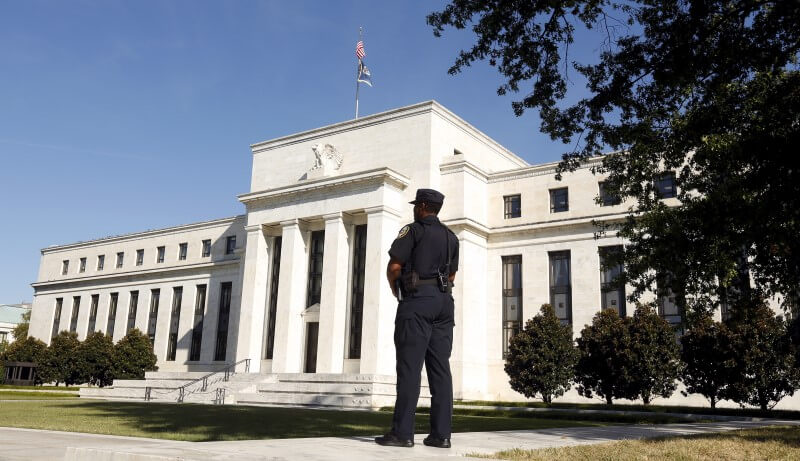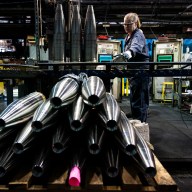By Ann Saphir
SAN FRANCISCO (Reuters) – U.S. employers have been adding enough jobs over the last six months to put the economy on track to full employment by the end of this year, but that prospect alone is unlikely to get the Federal Reserve to step on the brakes with interest-rate hikes. A team of researchers at the Chicago Fed, headed by Dan Aaronson, estimated in April that the U.S. economy was about a million jobs shy of the Fed’s full employment goal.
June’s outsize jobs gain, reported Friday, lifts the average monthly jobs increase over the past 6 months to 172,000. While that’s a step down from the 200,000 or more jobs added monthly last year, it still well outpaces the 50,000 new jobs a month needed to accommodate population growth, based on Aaronson’s estimate. That puts the economy on pace to reach full employment by December. But Fed officials have already suggested that uncertainty over the global impact of Britain’s intended withdrawal from the European Union will keep them on policy hold for the time being.
Wall Street’s top banks unanimously expect the Fed to leave interest rates unchanged at their next two meetings in July and September and are almost evenly split over whether there will be a rate rise by year end, a Reuters poll on Friday showed. Stubbornly low inflation, and hints that inflation expectations have dropped, also has policymakers inclined to wait. The Fed targets 2-percent inflation but, while underlying measures of inflation have firmed in recent months, most measures suggest it still has some ways to go. [L1N19F16Q] “I want to be more convinced that the underlying rate of inflation is around 2 percent,” Fed Governor Daniel Tarullo said in Washington this week.
The 12-month average of the Dallas Fed’s trimmed mean PCE inflation rate, which some Fed officials follow as a measure of underlying inflation, registered 1.8 percent in May.
Measures of inflation expectations, seen as key to future actual inflation, have fallen. A market measure of bond investors’ 10-year inflation outlook, known as the 5-year, 5-year forward inflation breakeven rate, fell to 1.45 percent earlier this week, down from a recent peak of 1.8 percent on April 29. Friday’s jobs report offered little cheer on the inflation front, with hourly wages rising only 2 cents in June, far less than could be expected if labor markets were tightening enough to begin pushing upwards on overall prices. “We’d like to see a little more inflation,” New York Fed President William Dudley said on Tuesday when speaking with employers and bankers in Binghamton, New York. “But we don’t want inflation without wage gains.” History shows that the Fed has typically allowed the unemployment rate to dip below what is seen as a sustainable level during expansions. This would allow the labor market to tighten further and could provide the extra oomph needed to lift prices higher. Traders are betting as much. Even after the strong June jobs report they see a less-than-even chance of even one rate hike before next June, based on futures tied to the Fed’s policy rate.
Forecasts from Fed officials also suggest history will repeat. Unemployment ticked up to 4.9 percent in June, Friday’s report showed. Fed forecasts from last month show policymakers expect unemployment to be below that level, which they see as sustainable in the long run, until 2018. (With reporting by Jonathan Spicer, Lindsay Dunsmuir, Richard Leong and Lucia Mutikani; Editing by Chizu Nomiyama)
U.S. labor market nearing full strength, but Fed seen wanting more

By Ann Saphir
















